Twenty two years later Jurassic Park series faces questions over accuracy of fictional dinosaurs
The original film was praised by experts for its thoughtful depictions of dinosaurs. But with the latest instalment, the series’ resident paleontologist Jack Horner is getting a roar deal
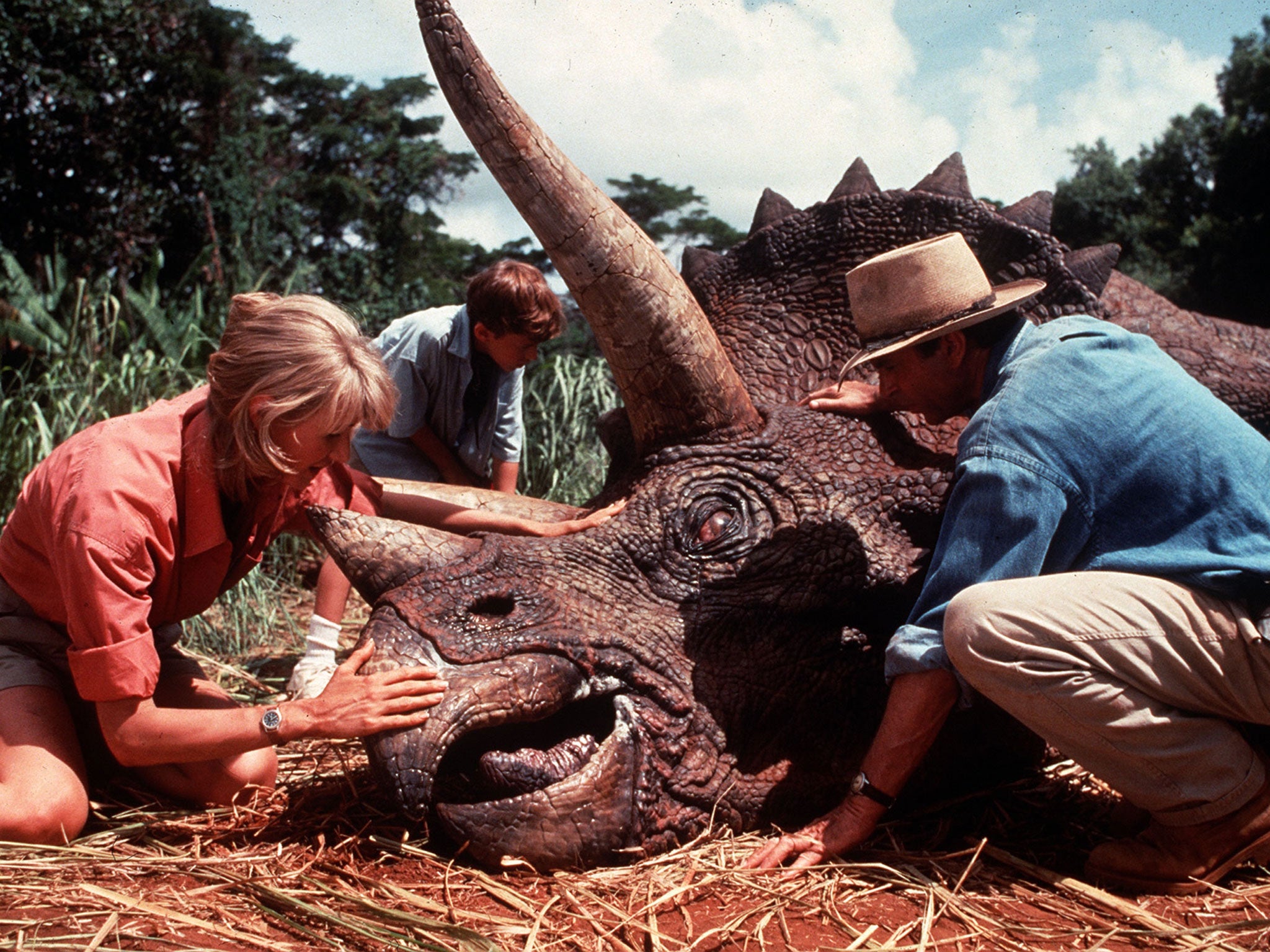
Your support helps us to tell the story
From reproductive rights to climate change to Big Tech, The Independent is on the ground when the story is developing. Whether it's investigating the financials of Elon Musk's pro-Trump PAC or producing our latest documentary, 'The A Word', which shines a light on the American women fighting for reproductive rights, we know how important it is to parse out the facts from the messaging.
At such a critical moment in US history, we need reporters on the ground. Your donation allows us to keep sending journalists to speak to both sides of the story.
The Independent is trusted by Americans across the entire political spectrum. And unlike many other quality news outlets, we choose not to lock Americans out of our reporting and analysis with paywalls. We believe quality journalism should be available to everyone, paid for by those who can afford it.
Your support makes all the difference.It’s been 22 years since the first Jurassic Park film changed our view of dinosaurs. Instead of dim-witted, slow-moving creatures with cold blood and an awkward gait, Steven Spielberg’s movie showed them to be highly social, intelligent animals with surprisingly fast reactions – a necessary precondition, perhaps, for a Hollywood drama based on man-eating monsters.
The person credited with the dinosaur makeover was Jack Horner, a working palaeontologist who had advised Spielberg on all three Jurassic movies (and was the partial inspiration for the fictional scientist Dr Alan Grant, played by Sam Neill). As a result of Horner’s input, the films won plaudits from dinosaur experts frustrated by Hollywood’s previous attempts at depicting these great prehistoric beasts, which dominated the terrestrial biosphere for 165 million years until their extinction 65 million years ago.
Nearly 15 years after the third and latest Jurassic film, Horner has been on the film set again to advise on Jurassic World, the fourth Spielberg-produced film in the franchise, released in UK cinemas on 11 June. But this time, the critics have not been so friendly, with some dinosaur experts denouncing the film as “just another monster movie”, which has ignored many of the scientific discoveries of recent years, most notably the fact that some dinosaurs were covered in feathers.
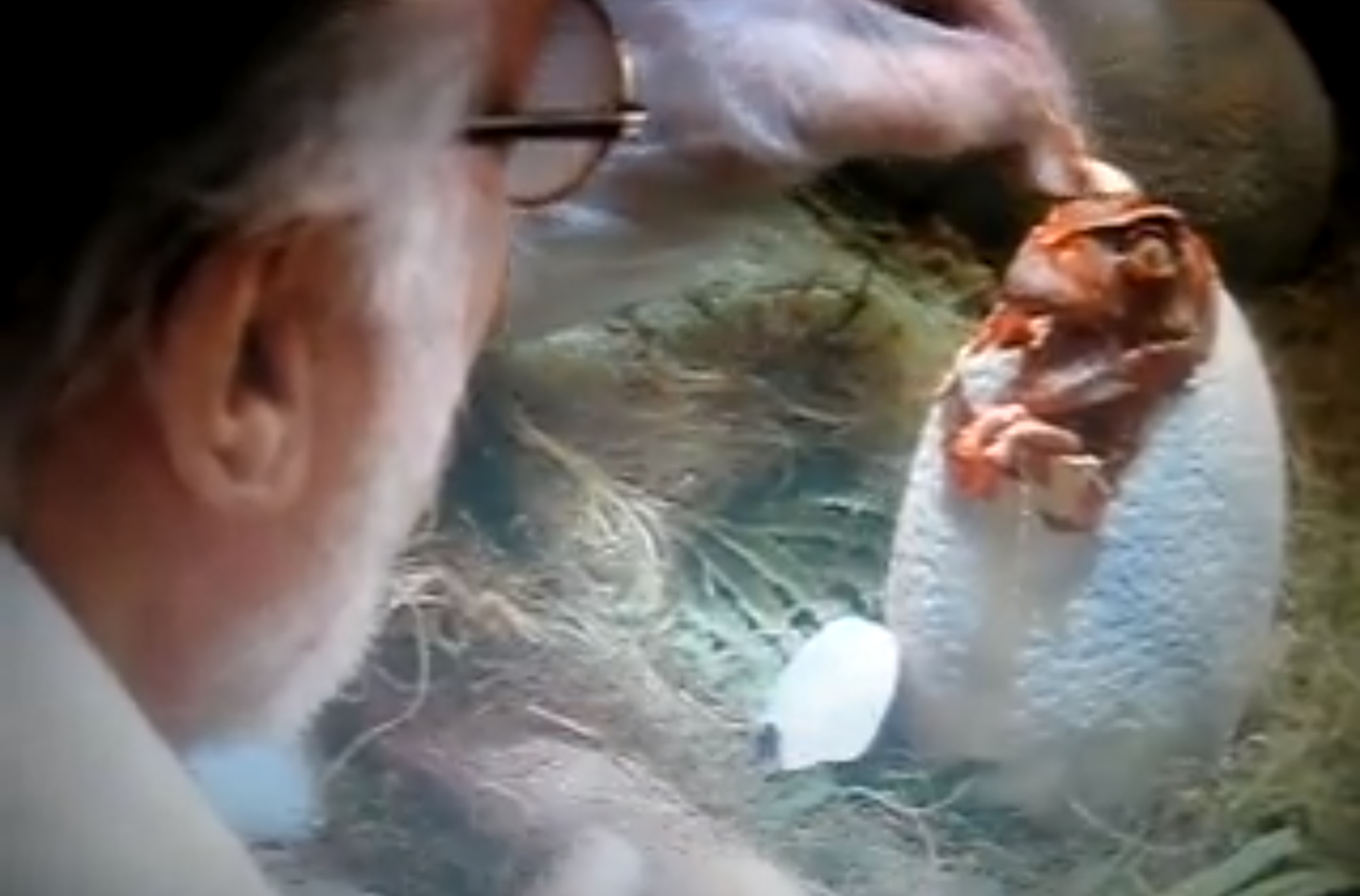
“Not all the dinosaurs were feathered. We do have impressions of their hides to show this. But we do know the Velociraptors would have been feathery and more colourful,” says Horner in a telephone interview from his home in Montana, where he is professor of palaeontology at the local university.
So why no feathered Velociraptors this time round? “It was definitely a conscious decision because we needed to keep the consistency of how the dinosaurs looked across all the movies, even though we now know they would have been feathery, at least the Velociraptors,” Horner says.
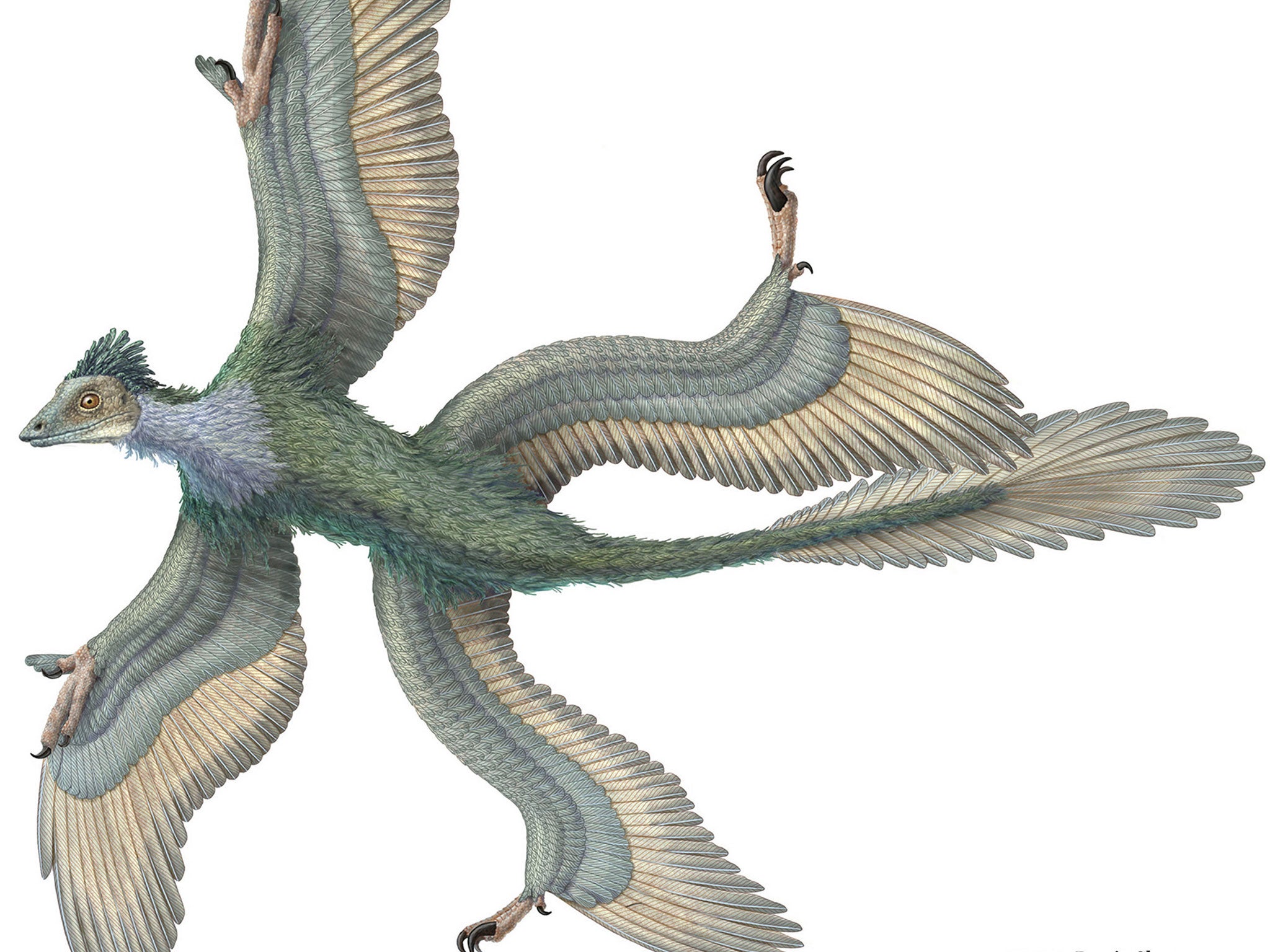
A lot has happened in dinosaur research since the first Jurassic Park film in 1993. Apart from discovering dinosaurs with feathers, which confirmed that some of them must have survived the mass extinction 65 million years ago to evolve into birds, scientists have also unearthed a bewildering array of fossils that demonstrate just how diverse this group of large land animals had become during their long reign of the terrestrial landscape.
Horner’s own research at the University of Montana, not far from the desert “badlands” where many of the best T. rex fossils have been found, has revealed that the duck-billed dinosaur, which he named Maiasaura, formed nesting colonies. The fossils revealed that the nests were packed closely together rather like the nesting colonies of modern seabirds. It was beautiful proof both that dinosaurs were social creatures and that they cared for their young, rather than leaving their hatchlings to fend for themselves. His latest research is trying to answer the question of why so many dinosaurs were apparently armed with horns, spikes and protruding armoured plates.
The obvious answer is defence against bigger predators, but Horner is not so sure. He thinks that they were more like visual ornaments for sexual display, which may indicate a hidden complexity to dinosaur behaviour.
“We’re coming to the conclusion that they were not defensive at all. They were all just for display, and that dinosaurs were displaying very much like birds do today. Not only were they very similar, they were probably very colourful and they were probably even doing dancing of some sort,” Horner says.
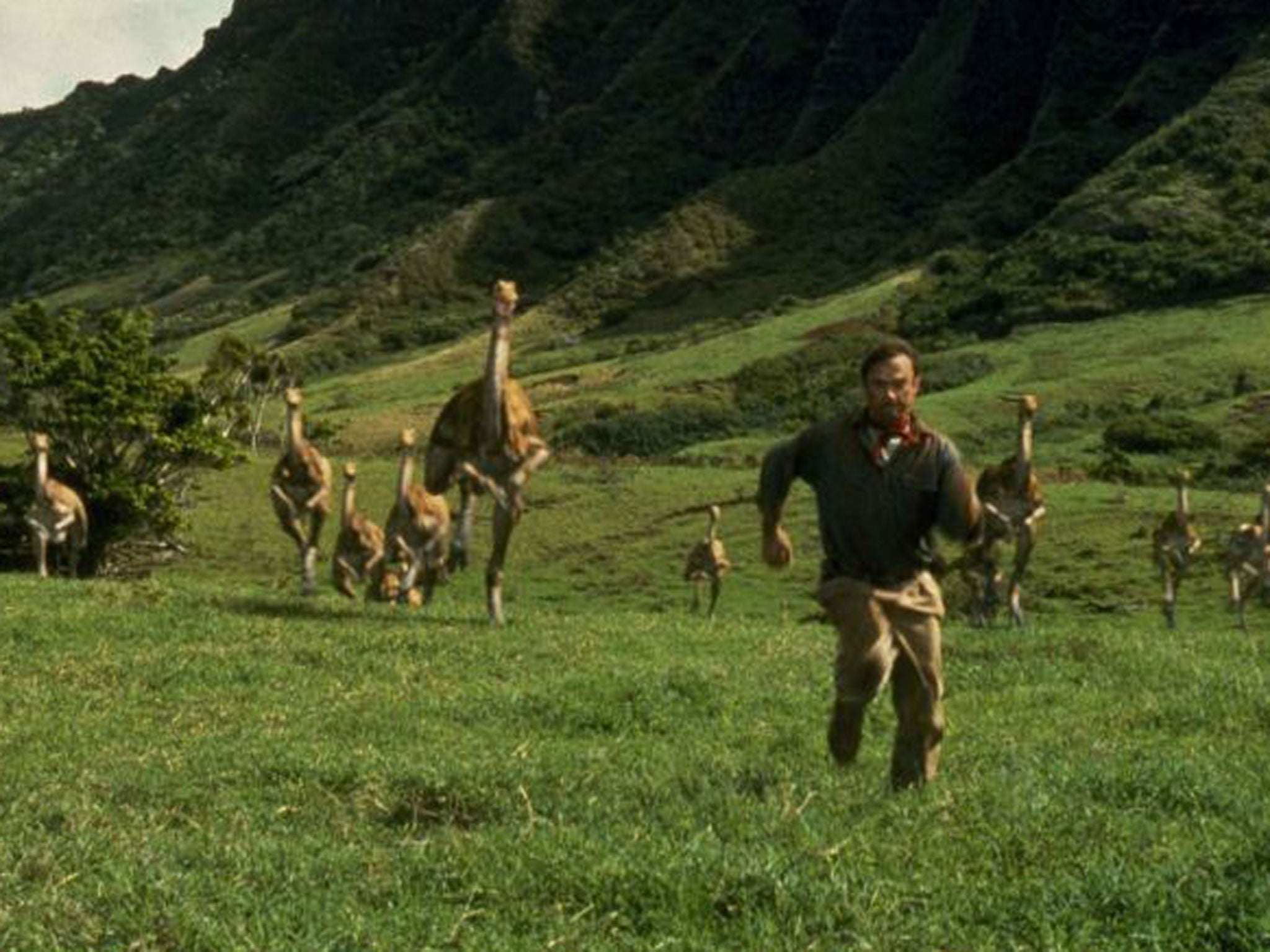
“I think if we take bird behaviours and give them to dinosaurs, we’ll see a much better rendition of what an actual dinosaur was really like. Birds had to get all these behaviours from some place, and I think they got them from their ancestors, the dinosaurs.”
Horner is not saying whether we can expect to see dancing dinosaurs in Jurassic World, but he does hint that the film will take the story in the direction of some rather terrifying genetic enhancement.
“We’ve done a lot of genetic engineering on the dinosaurs that were cloned back in the past, so in the new movie you’ll see some genetic hybrids – there are some that are fun, and some that are scary,” he says.
“I think people will find it interesting in terms of the hybrids. The premise behind the movie is that the park has been open now for 10 years or so and people have come to visit it and got kind of bored looking at the same dinosaurs over and over again, so the park managers have decided to make some hybrid dinosaurs,” he explains.
“It’s a sort of Frankenstein movie. If you make something new, they usually eat you… The basic premise of a Jurassic Park movie is that dinosaurs chase people and they eat them. So that is going to be the same.”
Many academics are uncomfortable with Hollywood’s treatment of science or history, but Horner appears to have found a happy middle ground between the scientific reality of his day job and the fictional fantasy of his film career.
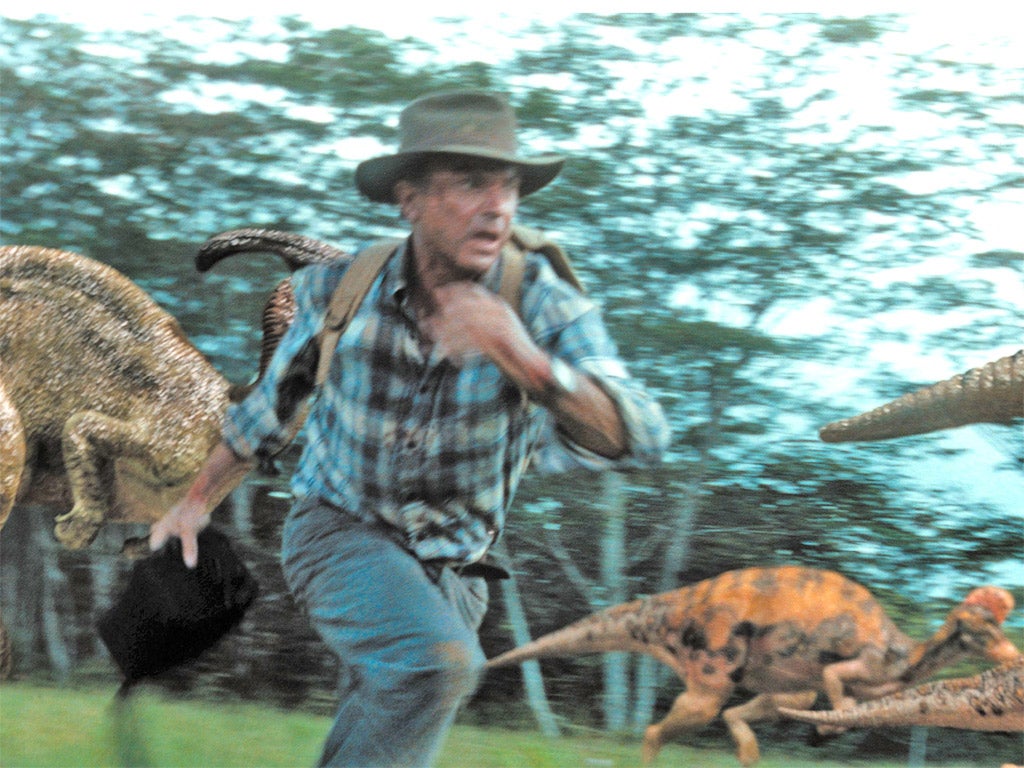
In the first Jurassic Park, for instance, he had many a long discussion with Spielberg over “what is, and what isn’t”, but when there was any doubt about some scientific fact or other, he would let Spielberg run with his own imagination.
“He made them go faster than they would normally go and do things that they wouldn’t normally be able to do. The tyrannosaurs pick up people, but there is no way they could do that. But it makes for a good movie,” Horner says.
“That’s what I keep reminding my colleagues. If we had made a documentary, no-one would have gone to see it… Most of the people who get upset about certain things are, well, I guess they just don’t go to movies.”
The idea in the original Jurassic Park novel by Michael Crichton was that scientists were able to extract dinosaur DNA out of dinosaur blood in the gut of a mosquito trapped in fossilised amber for a hundred million years. Back in 1993, Horner tried to do something similar but soon realised that dinosaur DNA just doesn’t survive this long.
“But the idea of making a dinosaur sounded very interesting to me so we started pursuing some other possibilities, some other ways of trying to do that,” he says.
One of the ideas he came up with was to tinker with the genes of a chicken embryo to see if they could be engineered in some way that would reverse the evolutionary arrow of time – and lead to the creation of a dinosaur from a genetically engineered chicken.
“There have in the past been people who figured out how to put teeth into birds and there was a project just recently published from Harvard and Yale where people have been able to modify a bird’s beak to something that looks like a dinosaur’s mouth, and as far as we can tell they actually found the proper pathway, which is really cool,” he says.
“We’re working hard on it. We have to discover the original [genetic] pathways that led to the evolution of short-tailed birds from long-tailed birds. We have screened a lot of animals and genes and have found a lot of pathways that would do it, but we’re interested in the specific one that did it.”
Few scientists would have the nerve to admit that they want to re-create an extinct species, but “de-extinction” has become a vogue topic, and as Horner says: “I can’t think of many schoolkids who wouldn’t want a little pet dinosaur.”
And he points out that each generation of children has an endless fascination with these extinct beasts. “I think it’s because they are really big for the most part and they are really different from anything alive today – and they are not here any more. They are imagination engines for them.”
Join our commenting forum
Join thought-provoking conversations, follow other Independent readers and see their replies
Comments